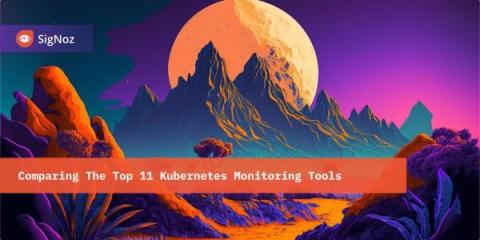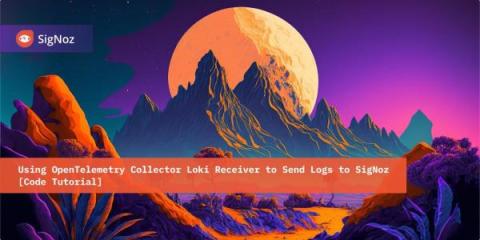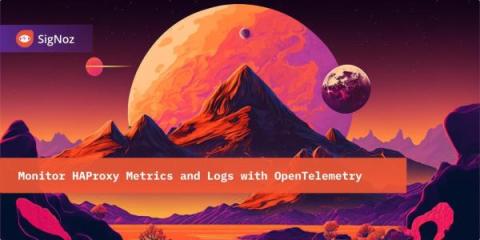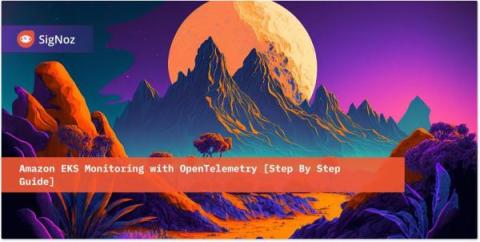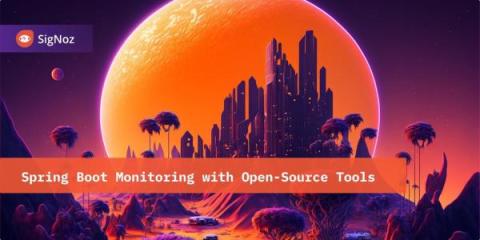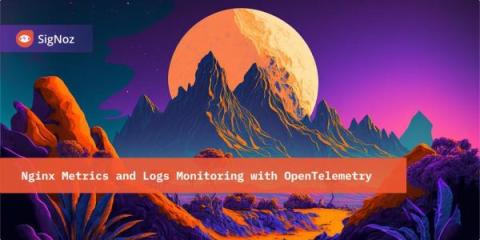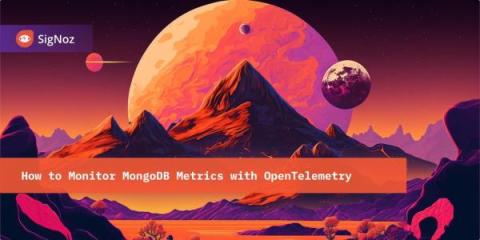Top 11 Kubernetes Monitoring Tools[Includes Free & Open-Source] in 2024
Are you looking for Kubernetes monitoring tools? Then you have come to the right place. Kubernetes has grown to become the container orchestration platform of choice. It simplifies managing your containerized workloads. You get the power of automating deployments, scaling resources, and keeping your applications running smoothly. But with great power comes added responsibility. And like any complex system, Kubernetes needs monitoring.


